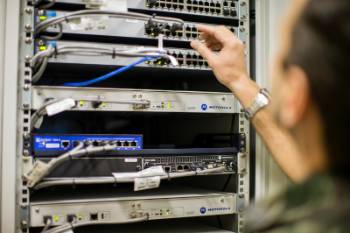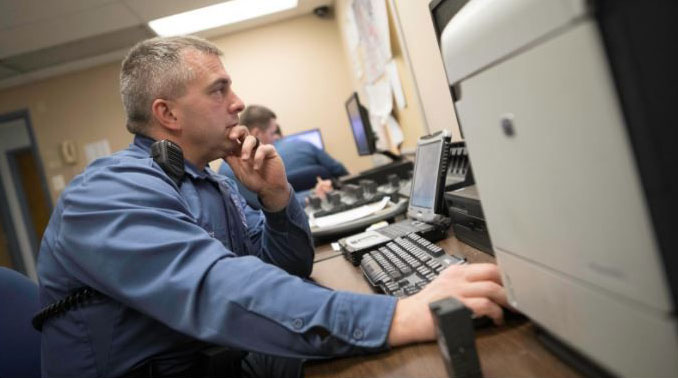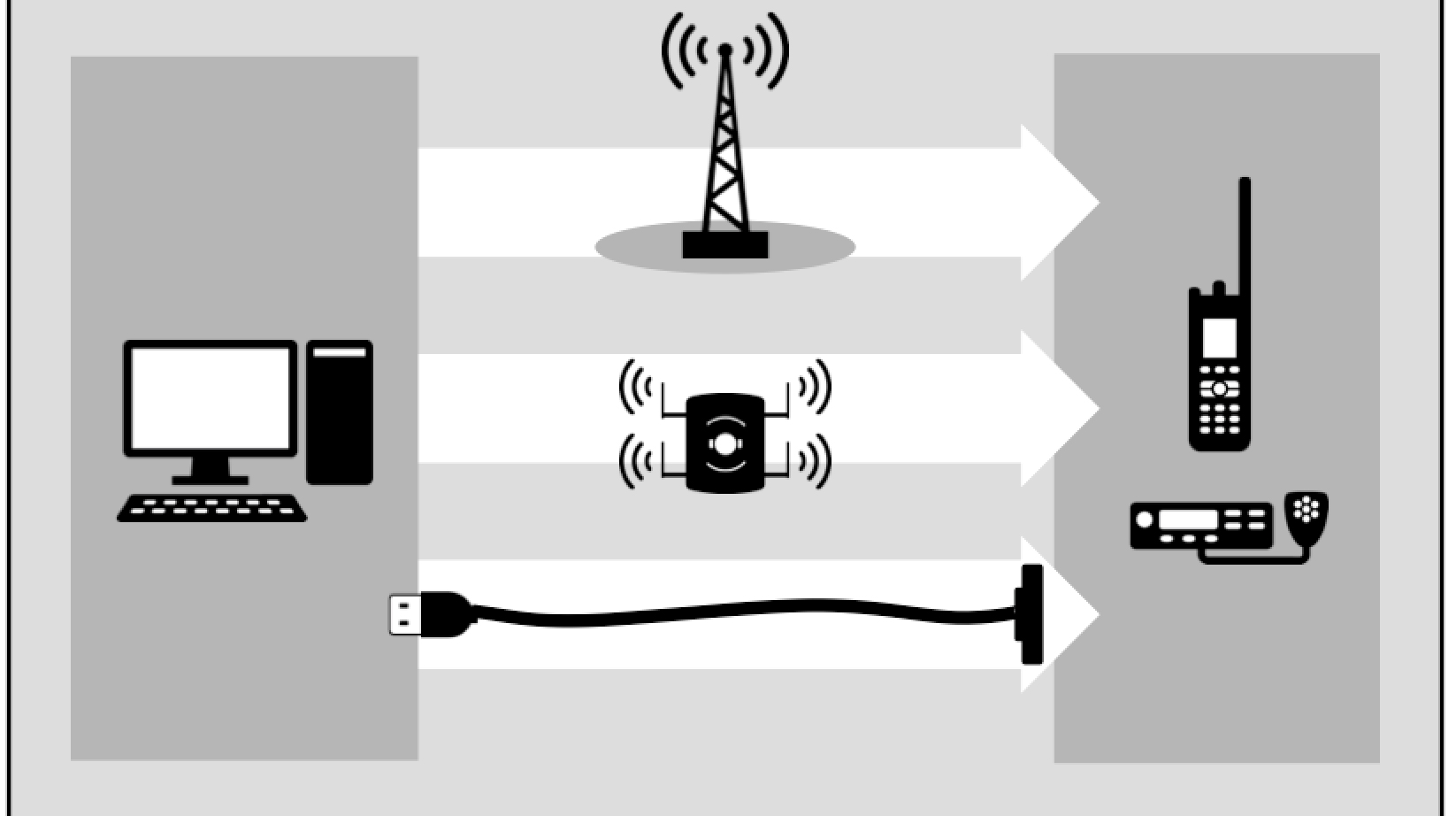In Next Generation 9-1-1 (NG9-1-1), managing a ‘call’ takes on a different meaning because PSAPs will receive more than voice calls. They will receive data and visual content such as pictures, streaming video, sensor data, crash notifications, and social media notifications, to name a few. As we go forward, the ‘call’ truly becomes a request for service from whatever means. And this has the industry questioning:
How will PSAPs handle the onslaught of data and still provide the level of service expected?
We’ve talked about the benefit of AI in the PSAP and how it can be the telecommunicator’s assistant in managing the multiplicity of data sources. In this blog, we look at another assist – Next Generation call routing – and how it ensures the ‘call’ gets to the right location, the first time.
We begin our discussion hearing from Laurie Anderson, 911 Coordinator for Charlotte County, FL, who talks about the benefits of NG call routing and what it means to her PSAP and telecommunicators.
NG Call Routing
When we hear ‘routing the call to the right place’, we instinctively think about the telecommunicator receiving the call on the call handling system. But NG call routing can accomplish much more. Here is an example – from a fictitious use case.
The main roadway traffic bridge into the city of Ames collapses during morning rush hour. The Primary PSAP is inundated with wireless calls. To eliminate the overflow, the PSAP initiates the routing policy that sets up a geofence for all calls in a defined radius – in this case, around the bridge – to be routed to the CAD positions at the Secondary PSAP working the incident. The CAD positions have integrated call control so they are able to take the call and dispatch from one workstation. The PSAP is also receiving a lot of photos and videos from citizens taken at the scene. In order to triage the events, the PSAP has the content routed directly to storage where it is tagged as evidence and can be retrieved and viewed later.
The PSAP’s routing policy also states that any alerts from social media are routed directly to a specific position in order to capture information about citizens who may be trapped under the bridge.
To summarize, these are the roles NG call routing plays in this scenario:
- First, the city of Ames’ PRF (Policy Routing Function) and the subsequent rules for the different scenarios built into the PRR (Policy Routing Rule) tell the router that [under these conditions] send the request for service directly to [specific location]. Note: the PSAP establishes the policy most appropriate for the incident to be managed.
- For the bridge incident, the router automatically determines, sorts and routes the different types of data and multimedia requests that come into the PSAP. Wireless voice calls are routed to the CAD positions at the secondary PSAP; visual content is routed to storage; and social media posts involving trapped citizens are routed to a specific PSAP position.
- Another function the router could provide is simultaneously routing to multiple, alternate PSAPs at the same time if the overflow continues for a set amount of time.
The key takeaway of this example is that each system in the PSAP’s workflow has been purposely engineered for seamless and intelligent interoperability with each other and with the router. The PSAP doesn’t have to deal with different capabilities between systems and points of failure as the data moves from one system to the next. The router becomes the middle-ware between the systems, enabling a uniform experience each and every time.
Achieving seamless interoperability is not possible without the existence of published standards that define how the various components of a public safety communications system will interoperate, regardless of manufacturer. But even with standards, there is room for interpretation and gaps. Take call routing to call handing as an example.
If the PSAP needs to adopt a specific NG9-1-1 workflow, the opportunity for that to occur without error is greater when the call routing and call handling software are congruent. When all the data in the various workflows are made available, the telecommunicator has a richer call experience and a better opportunity to serve the citizen.
Telecommunicators
Another significant point Laurie makes is that we must bring thoughtful consideration to what the influx of data means for telecommunicators, in both actionable data and increased workload. We’ve scratched the surface on this topic in our recent blogs, which include valuable comments from your colleagues. The discussion around NG call routing and seamless interoperability adds another dimension to the capability we have to make telecommunicators’ jobs easier so they can protect citizens and first responders – no matter the ‘call’.
Bottom line – the data public safety agencies must deal with will create an imbalance in how much they can consume and use quickly and intelligently without assistance. The work we are doing at Motorola Solutions addresses this imbalance so agencies can focus their attention on the incident. Our CommandCentral software suite integrates the different elements of the public safety workflow into one unified workflow, offering greater intelligence, end-to-end, for improved decisions to better protect citizens and first responders. And it begins with NG call routing.
Learn more about Motorola Solutions’ Command Center Software Suite and the VESTA Router Service Portfolio – NGCS and ESInet.





kvf847
March 11, 2020
Great overview Flynn!